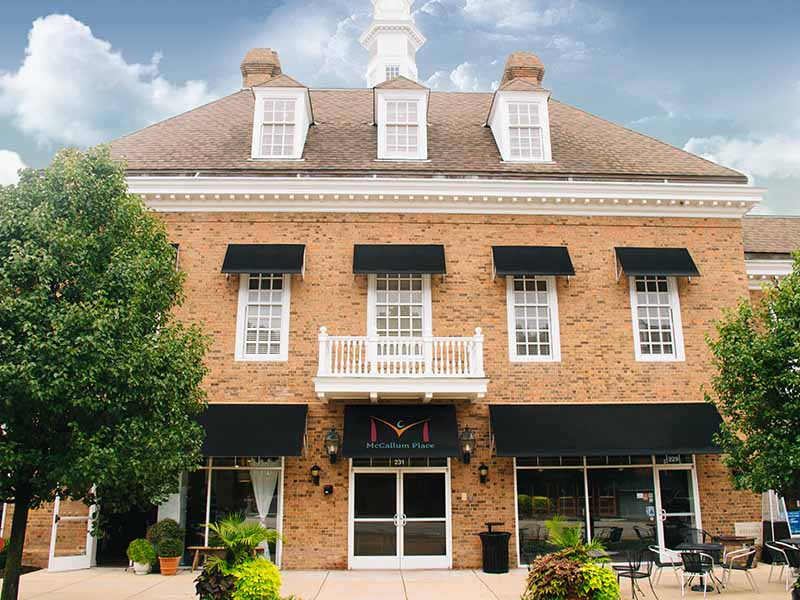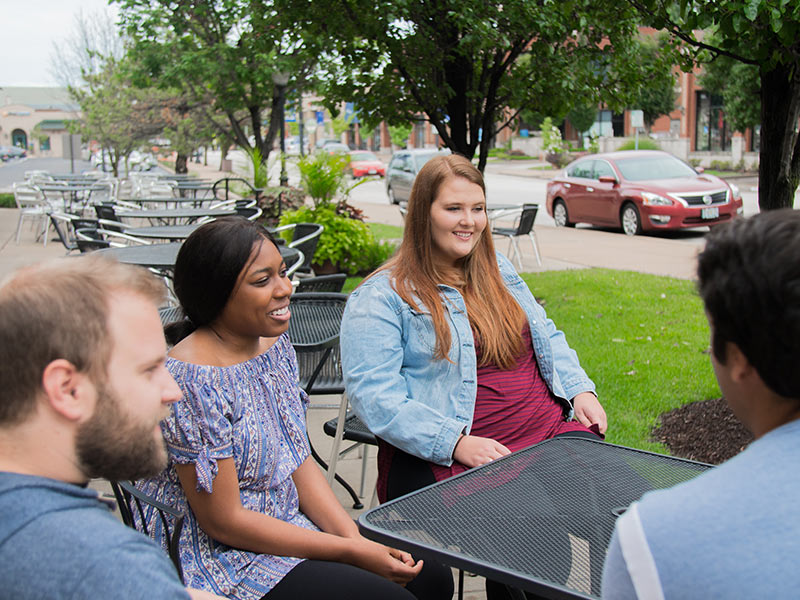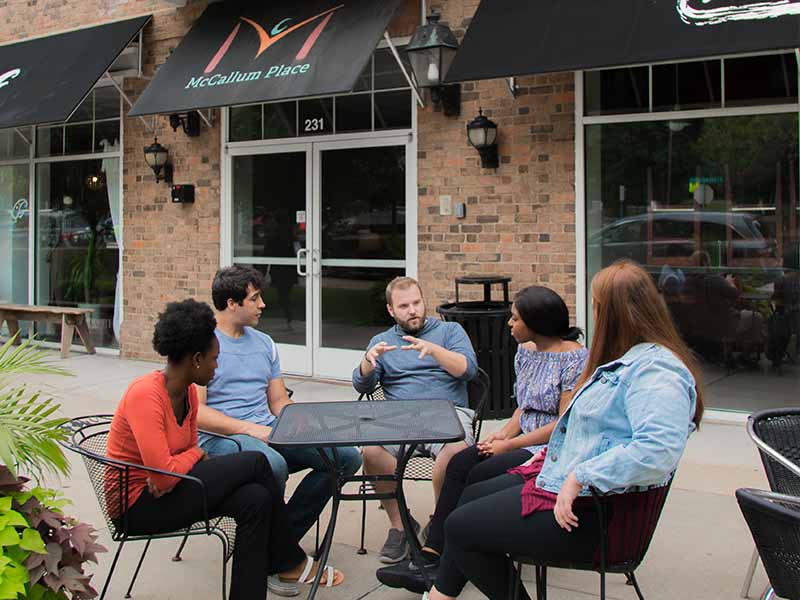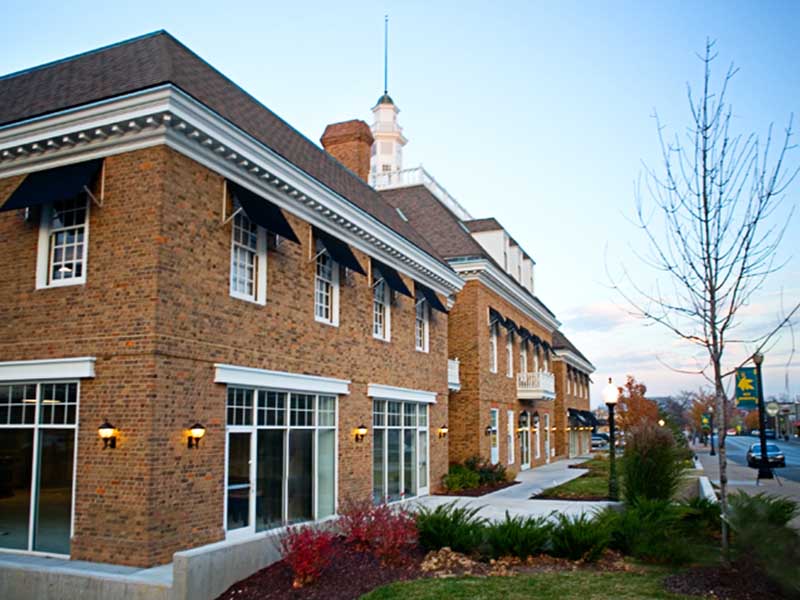Kelsey Horton, MS, RD, LD
Dietitian
If you happen to have a Facebook, Twitter or Instagram account, you have probably heard of the term “clean eating”. Maybe more commonly #cleaneating. What does “clean” mean? It depends who you ask. Vegans and vegetarians will tell you that meat and animal products (respectively) are “unclean”. Our paleo friends cringe at the notion of grains, legumes, dairy, refined oils, added salt, sugar, alcohol, and some vegetables. Low carb dieters live and die by the nutrition label. And even Uncle Sam (USDA) will shake his finger at us for saturated fat, cholesterol, red meat, and added sugar on our plates. To our patients with eating disorders, eating “clean” serves as yet another set of food rules to live by.
The one thing that all of them agree on is that there are “good foods” and “bad foods”. But what would constitute branding a scarlet “B” on certain foods? One could argue that “bad foods:
- Put you at more risk for a caloric excess.
- Disrupt the nutrient density of your diet.
- Cause specific diseases, aging or a change in body composition.
Are these legitimate concerns? Of course, but I would challenge you to consider the following:
- Just because you can overeat, doesn’t mean you will.
- Foods don’t CAUSE nutrient deficiencies and if you are consuming an adequate amount per day, deficiencies are actually quite rare.
- Any food can be dangerous at a certain amount but no one food inherently threatens your health in the context of a mixed diet.
This idea of “eating clean” is not coming from hard science, it is a cultural trend that serves to demonstrate someone’s personal food belief system… and of course, preach it as the all-powerful approach to avoiding what “bad foods” can do to you. Eating “clean” isn’t an instruction manual on how to eat healthy. It’s a sermon on the “shoulds” and “should-nots” when it comes to eating.
For those who struggle with orthorexia, a quest to eat “clean” intensifies an already dysfunctional relationship with food. It interferes with brain-space otherwise occupied by their ambitions, family life, vacations or day-to-day mood. All the while, they are using the scapegoat of “it’s the healthy choice” to justify bringing their own food to a restaurant or going hungry on a road trip rather than stopping for fast food.
Orthorexia becomes insidious due to this convenient excuse of “healthy” or “clean” food decisions. It goes unnoticed or worse yet, encouraged. It isn’t about blaming healthy food though. It is about when the desire to eat healthy takes away from the other aspects of a person’s life. Next time you hear about the latest and greatest #foodtrend, think to yourself: is this in line with my food beliefs or does it just sound glamorous? #clean
McCallum Place is a nationally recognized, comprehensive eating disorder treatment center for adolescents and adults. The facility was founded in St. Louis and has opened an additional center in the Greater Kansas City area. Each clinic offers on-site medical and psychiatric management combined with intensive, individualized psychotherapy. McCallum Place’s eating disorder treatment programs provide a continuum of care, specialized to provide the right level of support to optimize recovery for each patient.









